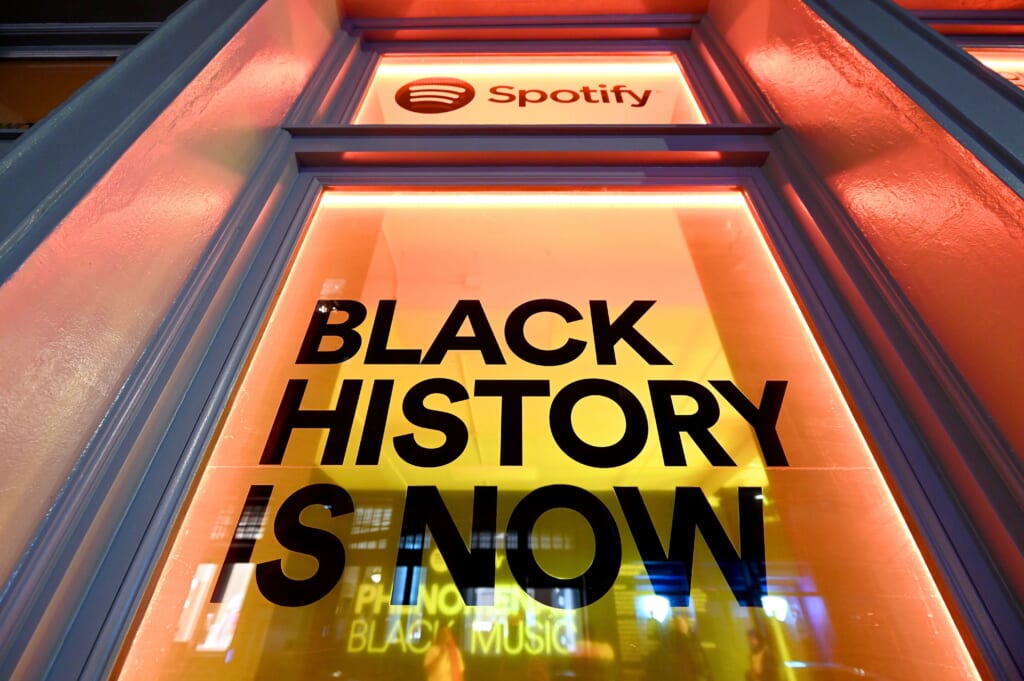
Finding The Best Medicare Supplement Insurance Plan
If you qualify for Medicare coverage, you need to know what the best Medicare Supplement insurance plan is for you. Our review will highlight important rules and benefits of Medicare Supplement insurance plans and how to pick the right one for you.
Medicare Supplement Insurance Plan Basics
Medicare Supplement insurance plans are health insurance plans issued by private insurance companies. They work with, or supplement, Original Medicare by helping to cover out-of-pocket expenses. Unlike Medicare Advantage plans, however, they do not replace Original Medicare coverage.
As we’ll discuss below, Medicare Supplement plans fill in some of the cost coverage gaps in Original Medicare. Because of this, Medicare Supplement plans are often referred to as Medigap plans.
Eligibility
To be eligible for Medigap coverage, you must be enrolled in both Part A and B of Original Medicare. In many states, you must be age 65 or older even if you enter Medicare earlier due to health or disability.
Enrollment Windows
The best time to enroll in a Medicare Supplement insurance plan is when you first enroll in Part B. The six months after you enroll in Part B is called your Medigap Open Enrollment Period. During these six months, you cannot be declined for coverage or charged a higher rate due to health issues.
During your Open Enrollment Period, you have Guaranteed Issue rights. If you don’t enroll in a Medicare Supplement insurance plan during this time period you may have to go through underwriting if you want a Medigap plan later.
If you go through underwriting you will be asked health questions. Your coverage could be declined, or you could be charged a higher premium due to health conditions. It is far better to enroll during your Medigap Open Enrollment Period.
There are times when you may be able to have extra Guaranteed Issue rights to a Medigap plan. You may be able to get a Medigap plan with Guaranteed Issue rights in these cases:
- You enrolled in Medicare Advantage when you first got Part B, and you’ve been on it for less than 12 months (Trial Right).
- You enrolled in Medigap when you were first eligible but dropped your coverage for your first Medicare Advantage plan, and you’ve been on it for less than 12 months (Trial Right).
- Your Medicare Advantage plan loses or fails to renew its contract with the government.
- You permanently move out of your Medicare Advantage plan’s service area.
There can be other reasons you’d qualify for Guaranteed Issue rights. They can be technical, so it’s recommended that you speak with an independent professional if you think you may qualify.
Costs
As mentioned earlier, Medicare Supplement insurance works with Original Medicare. You must be enrolled in both Part A and B in order to get Medigap coverage. You will also need to obtain prescription drug coverage from a standalone prescription drug plan since Medigap plans don’t cover drugs.
When you use Medigap in conjunction with Original Medicare and a standalone drug plan, you can expect to pay the following premiums:
- Part B premium
- Medicare Supplement plan premium
- Prescription drug plan premium
Specifics Of Medicare Supplement Insurance Plans
Medicare Supplement insurance plans fill in some or all of the gaps in Original Medicare. These gaps can include:
- Part A deductible – $1,408 in 2020
- Part B deductible – $198 in 2020
- Part B coinsurance – 20% of the cost for each Part B procedure
- Emergency services while traveling internationally
Medicare Supplement insurance comes in 10 standardized “plans.” Each plan offers slightly different coverage. The premium for each plan is different, too, increasing with the comprehensiveness of coverage.
Plan A
Plan A provides basic coverage. It covers:
- Part A coinsurance charges.
- Part B coinsurance charges.
- First 3 pints of blood.
- Part A hospice care charges.
Plan A does not provide coverage for:
- Skilled nursing care coinsurance.
- Part A deductible.
- Part B deductible.
- Part B excess charges.
- Foreign travel emergency.
Plan B
Plan B provides slightly more comprehensive coverage. It covers:
- Part A deductible.
- Part A coinsurance charges.
- Part B coinsurance charges.
- First 3 pints of blood.
- Part A hospice care charges.
Plan B does not cover:
- Skilled nursing care coinsurance.
- Part B deductible.
- Part B excess charges.
- Foreign travel emergency.
Plan C
Plan C is a comprehensive plan. It covers:
- Part A deductible.
- Part A coinsurance charges.
- Part B deductible.
- Part B coinsurance charges.
- First 3 pints of blood.
- Part A hospice care charges.
- Skilled nursing care charges.
- Foreign travel emergency coverage.
Plan C does not cover Part B excess charges.
Plan D
Plan D is not quite as comprehensive as plan C. It covers:
- Part A deductible.
- Part A coinsurance charges.
- First 3 pints of blood.
- Part A hospice care charges.
- Skilled nursing care charges.
- Foreign travel emergency coverage.
Plan D does not cover:
- Part B deductible.
- Part B excess charges.
Plan F
Plan F is the most comprehensive plan available. It fills in every gap in Original Medicare. It covers:
- Part A deductible.
- Part A coinsurance charges.
- Part B deductible.
- Part B coinsurance charges.
- Part B excess charges.
- First 3 pints of blood.
- Part A hospice care charges.
- Skilled nursing care charges.
- Foreign travel emergency coverage.
Plan F is also available in a high deductible version. With High Deductible F, you pay the first $2,340 (for 2020) and then the plan pays the rest of your Medicare-approved expenses. In exchange for the deductible, premiums are much lower than for regular Plan F.
Plan F has been the most popular Medicare Supplement insurance plan over the years. People choose it because they like the ability of not making any out-of-pocket payments for health care services.
Plan G
Plan G is the next most comprehensive. It covers:
- Part A deductible.
- Part A coinsurance charges.
- Part B coinsurance charges.
- Part B excess charges.
- First 3 pints of blood.
- Part A hospice care charges.
- Skilled nursing care charges.
- Foreign travel emergency coverage.
Plan G does not cover the Part B deductible. You must pay the first $198 (for 2020) of Part B services. The plan will pay 100% of all other Medicare-approved expenses.
Plan G is available in a high deductible version. For 2020, the deductible is $2,340. After you’ve paid this amount the plan will begin paying benefits for Medicare-approved expenses.
Now that Plan F is no longer available for people new to Medicare (see more below), Plan G is the most popular Medigap plan. People choose Plan G because they know that the most they’ll spend on Medicare-approved expenses is $198 – the Part B deductible.
Plan K
Plan K is a hybrid plan that offers partial coverage with a hard out-of-pocket maximum amount. Plan K covers:
- Part A coinsurance charges.
- 50% of Part A deductible.
- 50% of Part B coinsurance charges.
- 50% of the cost of your first 3 pints of blood.
- 50% of Part A hospice care charges.
- 50% of skilled nursing care charges.
- Annual out-of-pocket maximum is $5,880.
Plan K doesn’t cover:
- Part B deductible.
- Part B coinsurance.
- Foreign travel emergency coverage.
Plan L
Plan L is another hybrid type with partial coverage for many services combined with a low out-of-pocket maximum. Plan L covers:
- Part A coinsurance charges.
- 75% of Part A deductible.
- 75% of Part B coinsurance charges.
- 75% of the cost of your first 3 pints of blood.
- 75% of Part A hospice care charges.
- 75% of skilled nursing care charges.
- Annual out-of-pocket maximum is $2,940.
Plan L does not provide any coverage for:
- Part B deductible.
- Part B excess charges.
- Foreign travel emergency coverage.
Plan M
Plan M is a fairly comprehensive plan with coverage for most of the gaps in Original Medicare. It covers:
- 50% of Part A deductible.
- Part A coinsurance charges.
- Part B coinsurance charges.
- Part B excess charges.
- First 3 pints of blood.
- Part A hospice care charges.
- Skilled nursing care charges.
- Foreign travel emergency coverage.
Plan M does not cover:
- Part B deductible.
- Part B excess charges.
Plan N
Plan N resembles traditional employer-provided health insurance. It covers:
- Part A deductible.
- Part A coinsurance charges.
- Part B coinsurance charges.
- Part B excess charges.
- First 3 pints of blood.
- Part A hospice care charges.
- Skilled nursing care charges.
- Foreign travel emergency coverage.
Plan N is unique in that you pay small copays for seeing a doctor or using emergency services. Your copay is no more than $20 to see a doctor and no more than $50 to be seen in the emergency room.
Plan N doesn’t cover:
- Part B deductible.
- Part B excess charges.
Changes To Medicare Supplement Insurance In 2020
Plans C, F, and High deductible F will not be available for people who enter Medicare on or after January 1, 2020. If your Medicare coverage began before January 1, 2020 you will always have the right to enroll in these three plans, assuming you qualify for Guaranteed Issue rights, or can be approved by underwriting.
Extra Benefits
The benefits listed above are all standardized; they must be provided by all Medigap plans in every state except Minnesota, Wisconsin, and Massachusetts. These three states have their own rules for Medicare Supplement insurance.
Many insurance companies offer extra benefits to their customers. These benefits can vary by state and are not guaranteed. Some of these extras include:
- Discounts on vision coverage.
- Discounts on hearing coverage.
- Discounts on prescription drugs.
- Discounts on dental coverage.
- Gym memberships or fitness programs.
- Access to 24-hour nurse help lines.
Choosing The Best Medicare Supplement Plan For You
Getting your Medigap coverage right is important for your health and financial future. To get the best Medigap plan for you you’ll need to balance your monthly premium cost with your tolerance for out-of-pocket expenses.
You’ll want a plan that has the right blend of coverage, extra benefits, and price. Not all insurance companies offer plans in every state, so be sure to connect with a professional to get quotes and find a plan in your area.
from Black Enterprise https://ift.tt/2PyqngX









